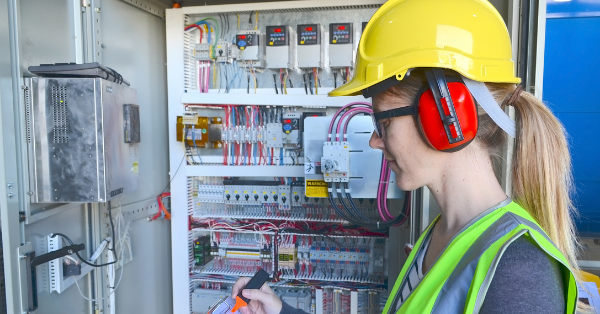Power Supply Standards in Australia
What are the regulatory requirements for power supply approvals in Australia?
The regulatory requirements for power supply approvals in Australia demand that all power supplies must comply with Australia’s electrical safety regulations, EMC requirements and where applicable, Australia’s minimum energy performance standards (MEPS).
As part of the requirements all approved power supplies must display the regulatory compliance mark (RCM mark).
The electrical safety regulations in Australia mainly fall under the jurisdiction of the state and territory governments. EMC and minimum energy performance standards (MEPS) are the responsibility of the federal government.
In the past power supplies with Australian approvals were required to show a separate approval number for electrical safety approvals and compliance markings for both MEPS and EMC compliance.
In 2016 the RCM mark was introduced to make it easier to identify if a power supply has all the approvals required in Australia.
The Electrical Regulatory Authorities Council has classified power supplies as ‘In Scope Electrical Equipment’. There are 3 levels of in scope electrical equipment and the most stringent approval requirements apply to level 3 power supplies.
The following types of power supply are all classed as Level 3 In Scope Electrical Equipment.Power supplies that fall into this category must be tested, approved and certified before they can be sold in Australia.
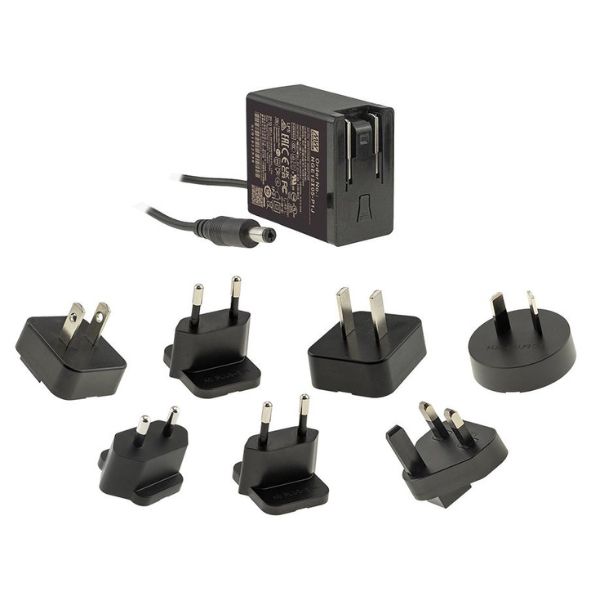
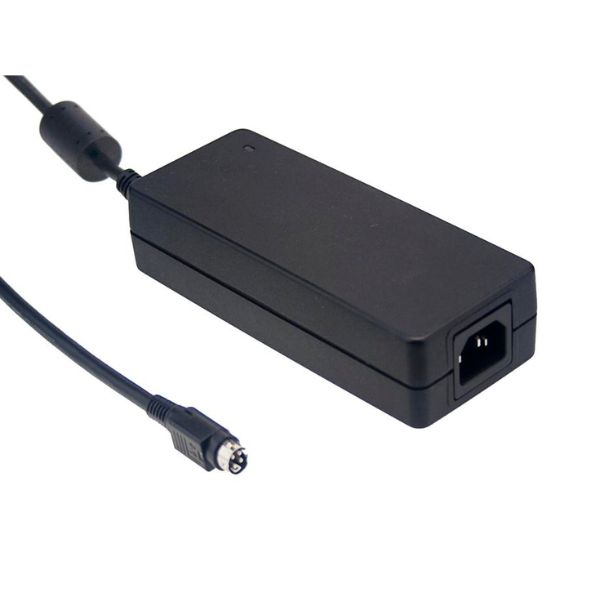
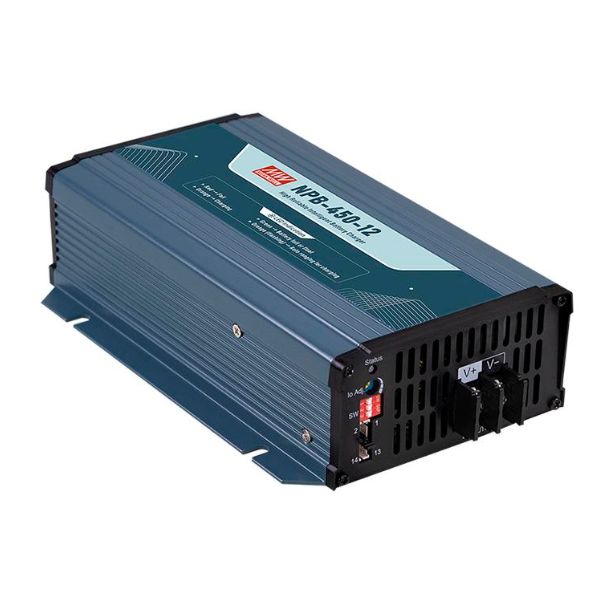
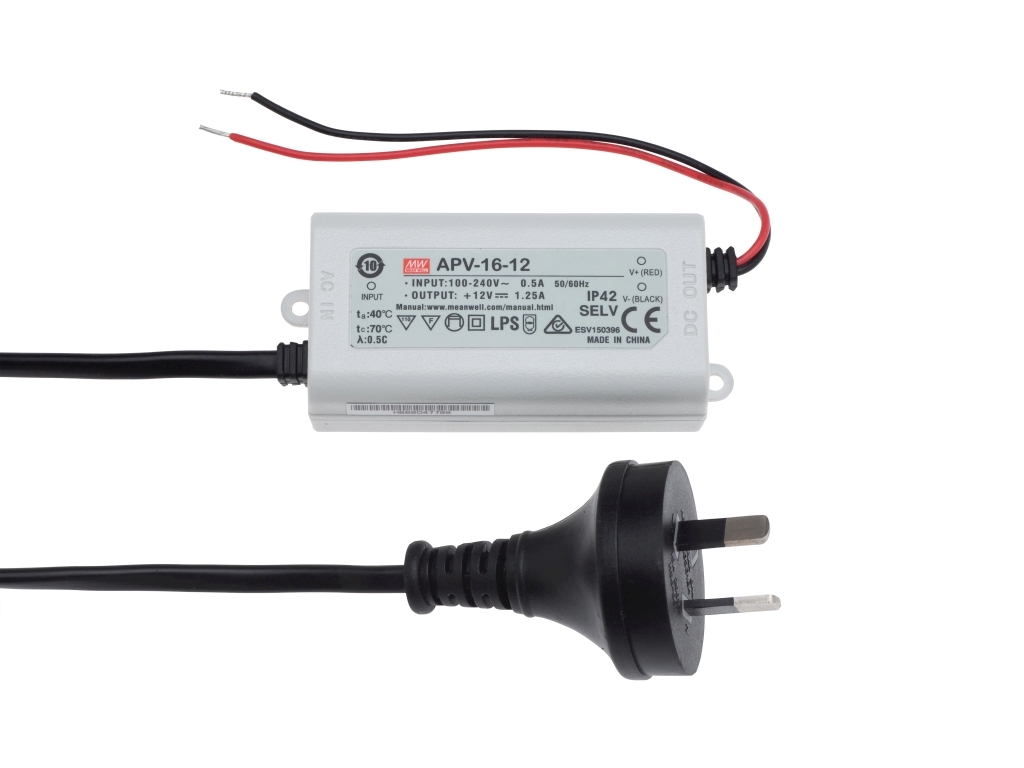
They must also be correctly marked with the Australia regulatory compliance mark (RCM).
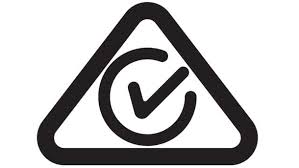
In Australia it's an offence to sell a Level 3 In Scope power supply unless it has been approved and certified.
You take a big risk when buying LED drivers or power supplies from overseas.
Overseas suppliers generally don't know what the Australian regulations are, and there's no law to force them to make sure what they're selling you is compliant. That responsibility falls on you as the importer.
Level 3 In Scope power supplies need to be submitted to an accredited test laboratory for testing to ensure that they comply with Australian Standards. Only then can you submit the test reports to the state based regulators for certification. This is always time consuming and can be expensive. Testing fees have to be paid even if a product fails, so it's important that you've done your homework and are certain the product will pass, before you send it to the test lab.
After the approval certificate has been issued, the details of the approval need to be listed on the government ERAC website be the responsible seller.
The same goes for AC mains power cords (either stand-alone or built into a power supply). Just because a power cord you buy from overseas has an Australian plug fitted, doesn't mean it complies with Australian Standards. Australia has strict requirements for AC power cords relating to insulation, material, dimensions, anchoring and more.
There can be some serious consequences as a result of using a power supply or LED driver that doesn't comply with Australian regulations, including:
- The risk of causing injury, death or property damage.
- Hefty fines and penalties.
- Expensive product recalls.
In addition, all imported power supplies must comply with current EMC standards, which are set by ACMA (Australian Communications and Media Authority). It's the responsibility of the importer to ensure any power supply complies with those standards, before the RCM mark can be applied.
One more requirement for external power supplies such as desktop adapters and wall adapters is MEPS (Minimum Energy Performance Standards). This relates to how efficient a power supply runs whilst in operation, and how much power it consumes whilst in standby. This standard has its own set of regulations, which must be adhered to.
Australian electrical safety approvals are only valid for 5 years, after which time you'll have to spend time and money renewing the certificates. You can't always simply re-submit your original test report. The standards are continually evolving and being updated, so your power supply that originally passed may no longer do so. You're going to need to know what changes have been made to the standards over the past 5 years and ensure your power supplies meet the requirements of those changes. Then you need to prove it to the authorities (in the form of a test report) before they issue a new certificate.
Consequences of not having the correct approvals can be severe. The last thing you want is a fire in your customer's roof, or worse, an electrocution. If someone decides to sue, or the authorities come after you, your business could be ruined. Saving money on cheap, non-approved power supplies from overseas could cost you a lot more in the long run.
Acquiring and maintaining power supply approvals in Australia is often described as a minefield. It's complex, costly and time consuming. The authorities can audit a product and the importer at any time and request proof of certification.
When you buy your power supplies from ADM, and you have 'peace of mind that they're 100% compliant. We take full responsibility for ensuring the latest standards are met and approvals are kept up to date.
Click on the following link to browse our range of Australian approved power supplies:
IS THIS INFORMATION USEFUL?
If so, why not share it with your peers and colleagues. Simply click on the blue LinkedIn share icon below.


